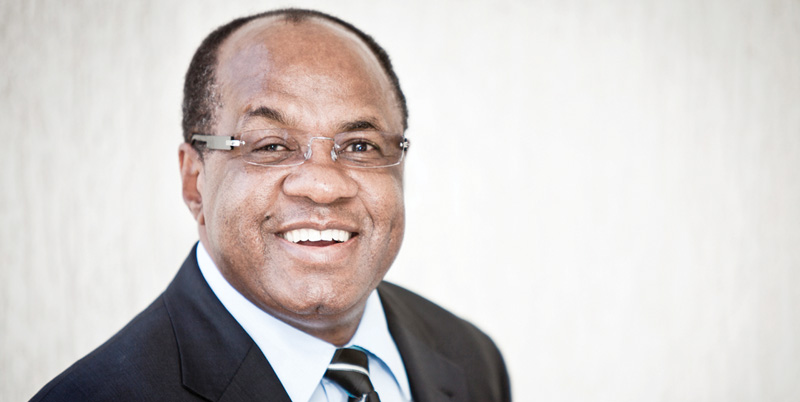
Hangana outperforms financial targets
Hangana Seafood has outperformed its financial targets for 2011 and the company remains positive about the performance of the industry, despite the EU crisis still having a significant negative impact on the sector, says Herman Theron, general manager of Hangana Seafood.
Hangana achieved earnings before interest and taxes (EBIT) of N$5.6 million compared to N$1.6 million in the previous reporting period. Significant savings were realised as a result of the implementation of various cost cutting measures, which included the introduction of a more flexible catching strategy to reduce fleet unit costs considerably, according to the Ohlthaver & List Group’s 2011 Annual Report.
Theron says the biggest challenge the company is faced with is the high fuel price increases.
“The biggest challenge currently is the high fuel price increases which we cannot pass on to the customer due to the EU economic crises. The South African rand remains relatively strong, which has a negative impact on exports. We currently experience low catch rates, but we believe this will be only temporary,” says Theron.
Hangana Seafood was established through a merger in 1997, and is the operating company for quota holders, Consortium Fisheries Limited and Kuiseb Fish Products Limited. Hangana’s wet-fish fleet comprises eight vessels, each with a capacity of approximately 70ton. The company’s land-based factory has a capacity of about 60ton throughput of hake per day, depending on size and product mix. The company currently employs 1250 people. Hangana Seafood has thus far invested N$20million in new product shaping equipment to increase its value added production capabilities and has also installed a steam dry fishmeal plant which is proving to be more environmentally friendly. The company also managed to diversify its target market and is now exporting to USA.
Hangana’s land-frozen products are mainly exported to Australia, France, Germany, Italy, Japan, the Netherlands, Spain and the Southern African Development Community (SADC).
In terms of its long term strategic plan, Vision 2017, Hangana aims to be the most progressive and inspiring company by 2017 as well as to become a world-class value adding hake company.
The strategic areas of focus for the 2017 vision are to enable everyone to purposefully produce best throughput and sustainable execution in everything. “Although all the focus was centred on these strategic areas, other external factors such as the exchange rate, the decrease in hard currency prices, and a decrease in demand due to the global economic crisis resulted in revenue falling from N$308.9 million in the 2009/10 financial year to N$304.0 million for the period under review. Earnings were mainly influenced by the unfavourable exchange rate – which averaged at N$9.45 to €1 in 2011, compared with N$10.43 to €1 in the previous reporting period – and the slower than anticipated recovery of the world economy, which had an enormous downward impact on hard currency prices,” the annual report reads. In order to mitigate the impact of the economic conditions on the company, various projects were implemented including the introduction of a more flexible catching strategy to reduce fleet unit costs, improved utilisation of raw material, and a sharper focus on variable expenses. According to Theron, the company’s long term plan remains to expand its value added capabilities and to ensure that more value adding takes place in Namibia.









































